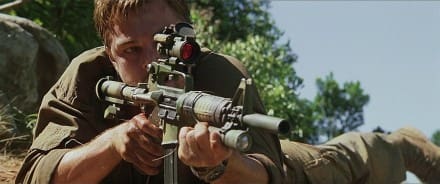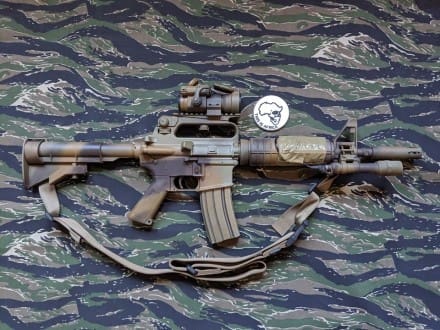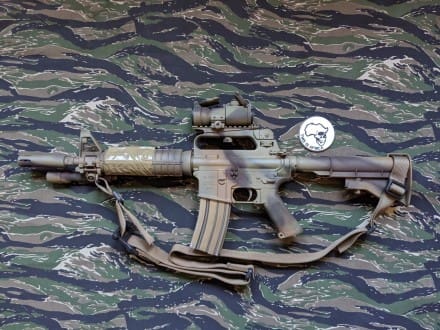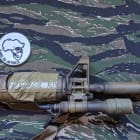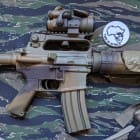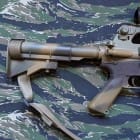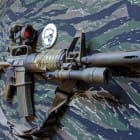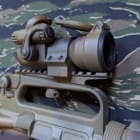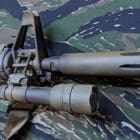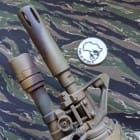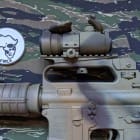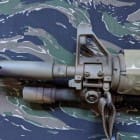
Move the shift lever to NEUTRAL.
You MUST supply water to the engine before attempting to start it. Use mouse ears or have the lower unit in the water. Engine damage can occur quickly. Watch for Engine Overheating or No water Flushing.
Be sure the engine is in the normal operating position.
Open the vent screw on the fuel tank cap.
• Turn it clockwise to close.
• Turn it Counterclockwise to open.
Make sure the fuel line arrow is pointing towards the engine.
Squeeze fuel primer bulb, the outlet ends up, until firm.
All Models
If equipped, attach the clip and lanyard assembly to the emergency stop switch / STOP button. Snap the lanyard to secure a place on your clothing or life vest
1. Emergency stop switch / STOP button Move the shift lever to NEUTRAL.
NEUTRAL
Start-up (Cold Engine)
Pull the choke knob fully out. Twist the throttle grip to START position.
Start-up (Warm Engine)
Align the arrow mark on the throttle grip with the START position. Do not use the choke.
1. Choke knob
2. Throttle grip
3. Start position
4. While seated, grasp the starter handle and pull slowly until the starter engages, then pull hard. Allow the starter cord to rewind slowly.
5. If your engine doesn’t start after three pull, push the choke knob in and repeat the starting procedure.
After Engine Starts
1. Gradually, push the choke in after the engine is warm.
2. Check the water pump indicator. A steady stream of water indicates that the water pump is working. If a steady stream of water from the water pump indicator is not visible, stop the engine.
3. Twist the throttle grip to IDLE position or slower. Move the shift lever to NEUTRAL.
Outboard Won’t Start
It doesn’t matter what brand of outboard you are us most of all starting problems are caused by the same group of things and don’t require a mechanic. At most you should only need a screwdriver and a roll of riggers tape. However, if you jumped this motor in or if you just did a lockout and brought it up from a sub. There might be other things that are wrong that you will need tools for. You should always have tools and some spare parts on the boat.

Start by noticing essential clues as to the cause:
• Sometimes the motor will sound like it’s not even really trying to start; other times it’ll sound like it’s almost starting.
• Is there an external tank connected by a fuel hose? If so, is the arrow on the line pointed the right way?
• Do you smell gas?
• Does it start okay, then die when you put it into gear?
WHAT TO CHECK WHEN THE OUTBOARD DOESN’T SOUND LIKE IT WANTS TO START
Three (or four with an electric start) things to check when the motor doesn’t even sound like it wants to start, regardless of whether it has an internal or external tank:
Kill Switch. Make sure that the kill cord (aka “deadman”) is appropriately attached to the motor. Don’t just look at it — generally, if it’s even a tiny bit out of place, it will stop the engine — or prevent it from starting. Always try and have an extra on every boat. You never know when it might get lost.
Out of Gas? Check that there is gas in the tank.
Tank Switch. If your motor has both an in-motor gas tank and an external tank, there will be a switch to choose which tank the motor is using (it’s usually on the front of the motor). Make sure it is set to the correct one! It can easily get bumped to the wrong position when the motor is removed or when the motor is tilted up and down.
WHEN THE OUTBOARD ALMOST STARTS, THEN DOESN’T
Two things to check when the motor sounds like it’s almost starting:
Choke? Try to start it both with and without using the choke, regardless of what the standard starting procedure is.
Throttle? Try varying the throttle position a little. Sometimes giving it a little more or less gas will help.
OUTBOARD STARTING PROBLEMS WHEN USING AN EXTERNAL GAS TANK
If your outboard has an external gas tank, there can be a number of problems between it and the motor. Do a quick visual inspection from the tank to the motor and then run your hand up the fuel hose. Many times, the problem will be very apparent when you do this.
Tank Vent Open? If you are using an external tank, make sure the vent on it is open. If it is not, air cannot flow into the tank to replace the volume of gas that is being used. Eventually, there will be a vacuum, and the motor won’t be able to suck gas from the tank. If the vent is open, but the tank looks “sucked in,” the vent may be clogged (infrequent, but it can happen). Try cracking the gas cap to let air into the tank — if this works, you can probably get to where you are going with the cap cracked (unless the seas are bad then you will have to watch out to make sure water does not get in the tank. If you have anything waterproof, you can put it over the tank make sure that it can still get air) Try cleaning the vent.
Fuel Line Connected or pinched the fuel line can come just slightly disconnected at either the tank or motor end. Don’t just look at it; remove the fuel line, reconnect it, and then tug gently to make sure it’s fully clipped on at both ends. If you put your fuel at the front of the boat to help even out the weight, then make sure no one is stepping on it or if it is pinched. You might have to Moe the fuel closer to the back. Check that the fuel line isn’t kinked or under something that could partially block the flow.
Squeeze Bulb. Squeeze the bulb in the fuel hose to get fuel up to the motor. Squeeze until the bulb is firm, don’t try to force it as you’ll end up flooding the motor.
If you have just replaced the fuel hose or bulb, double-check that the arrow on the bulb points from the tank to the motor (it has one-way valves in it). If you squeeze and the bulb stays “squeezed” or is slow to regain its shape, check that the tank vent is open; if it is, you probably have a blockage in the hose, or it is kinked.
If you squeeze the bulb and it never gets hard or takes more than 5 or 6 squeezes to get hard, there is likely a crack/cut/nick in the fuel hose between the tank and the bulb which is pulling in air.
If you squeeze the bulb and smell gas, you almost certainly have a cracked, cut or nicked fuel hose between the bulb and the motor, or the fuel line is not securely connected to the motor.
Cracked, Cut Fuel Hose OR Loose Connections. If the leak is on the pressure side (between the bulb and the motor), you’ll usually be able to see where the fuel is leaking. If it’s before the bulb, you simply have to look and feel to find the imperfection. Also, note that it may be a hose clamp that has come loose, or it’s possible for the squeeze bulb to have a crack in it (sunlight rally is the enemy to anything rubber).
If it’s a loose connection and you have a screwdriver, you can tighten it. If it’s a crack or nick, a few wraps of tape will often hold the hose together enough to get back to the big boat.

Blocked Fuel Hose.
Pump the squeeze bulb a few times and see if there is good fuel flow with each squeeze.
If it seems like there is a blockage, the long-term solution is to replace the hose. As a get-home measure, keep your speed low (so as to need less fuel) and keep pumping the bulb to help force fuel through the blockage. This will work for a brief stint, but once the delamination starts, it quickly gets worse. Replace the hose ASAP!
HOW TO TELL IF THE OUTBOARD IS FLOODED
Flooded refers to flooding the motor with fuel, not having dropped it in the water.
If you try starting the motor and smell gas, the motor is likely flooded (yes, as noted above, the gas smell can come from a cracked fuel line, but that is not as likely). Do NOT use the squeeze bulb – it will just flood the motor!
You have two choices for a fix:
• Wait about 10 minutes and try starting again.
• Do not use the choke, open the throttle all the way, and try starting again — it will usually take at least 2 to 3 pulls. If it doesn’t start with a half dozen pulls, wait 10 minutes and try again.
Sometimes, after flooding, it will start and then die. If that happens, mainly if it was a cold start, you can now start it using your typical “cold start” procedure with choking it, etc.
OUTBOARD STARTS BUT DIES WHEN YOU PUT IT INTO GEAR
Starting then dying when you put the motor in gear is the classic symptom of having something caught around the propeller — usually, a line or something, if you are off the coast of California, then there is a good chance its kelp. Also, if you have the prop-protectors on then tend to get foaled a lot easier. Leave the motor off and tilt it up to check, remove the kill switch then remove whatever you find. After you are done put the kill switch back on.
CONCLUSION
If the motor won’t start, walk-thru your steps, is the kill switch in? Does it have fuel? Is it getting fuel? Is it getting air? Walk your way from the gas to the motor. Systematically think about what the problem is most likely to be and check those items first. Lastly, remember if you have jumped the motor in, then there are a lot more things to look for then what I have just talked about. I will save that for another Sunday.


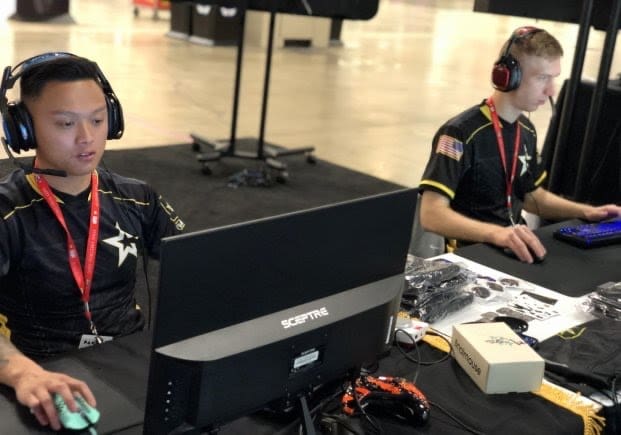
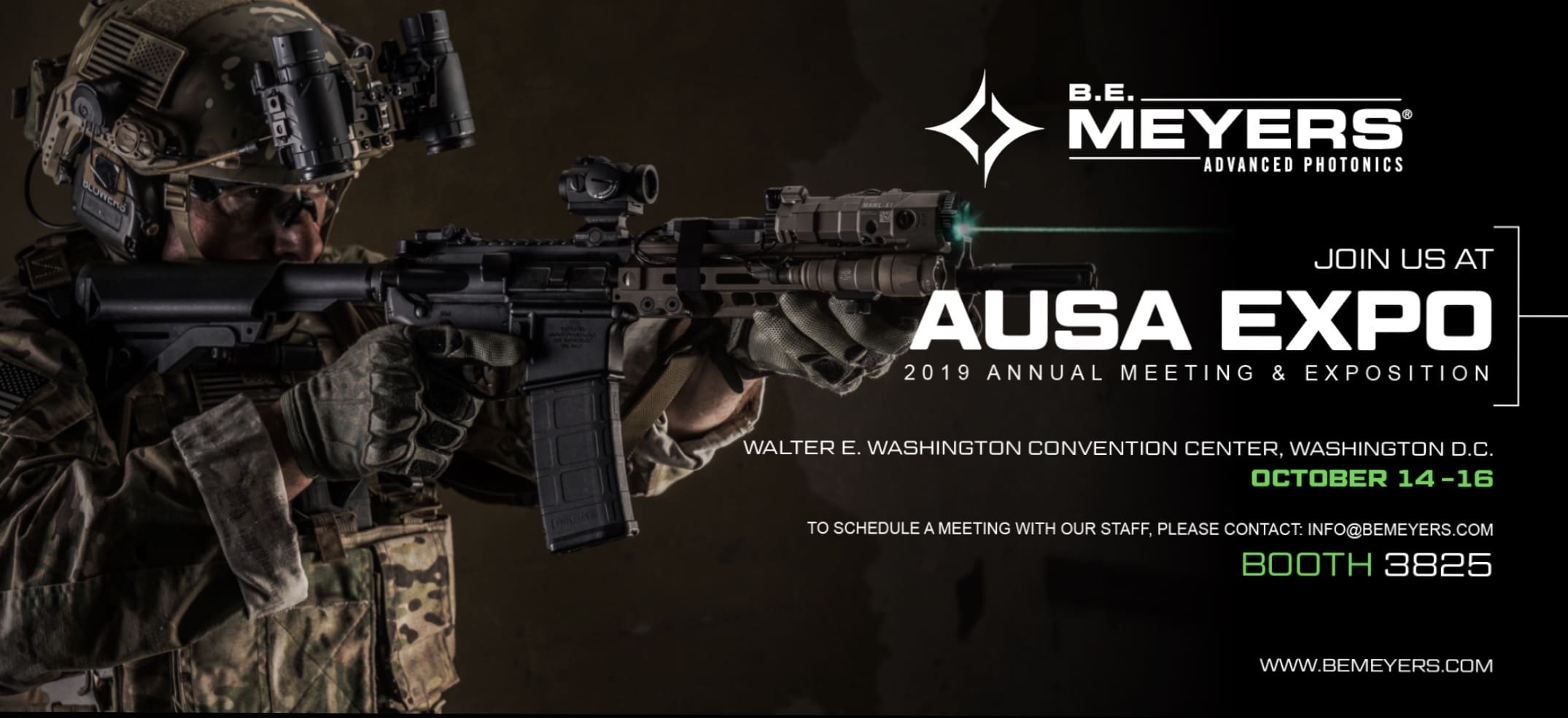
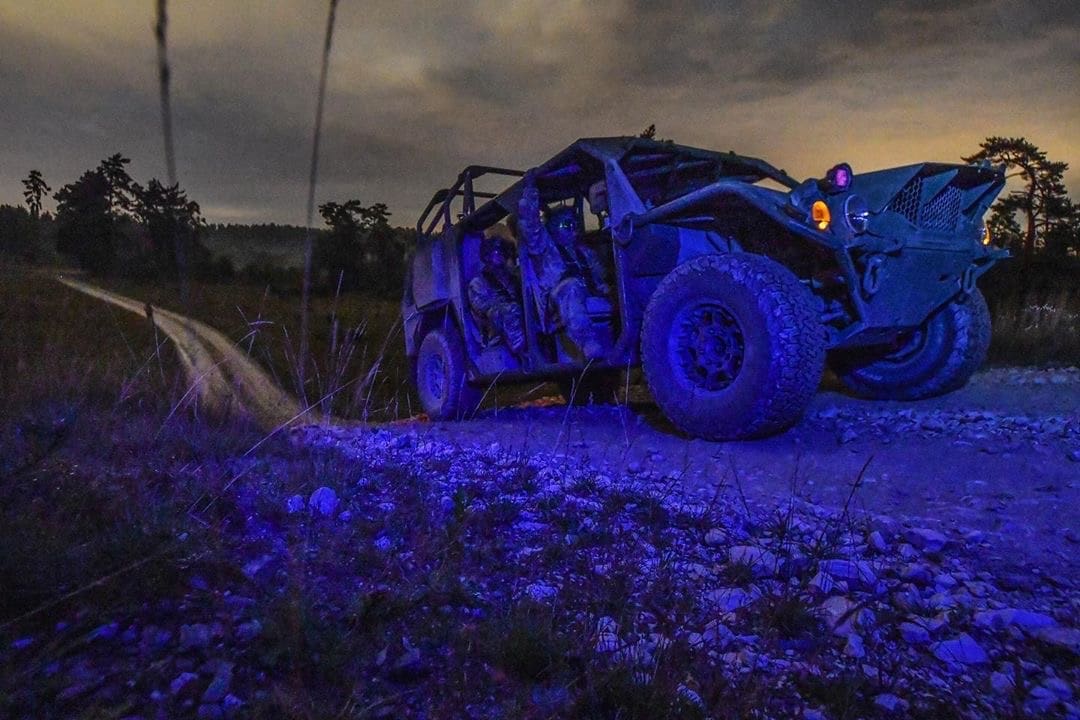
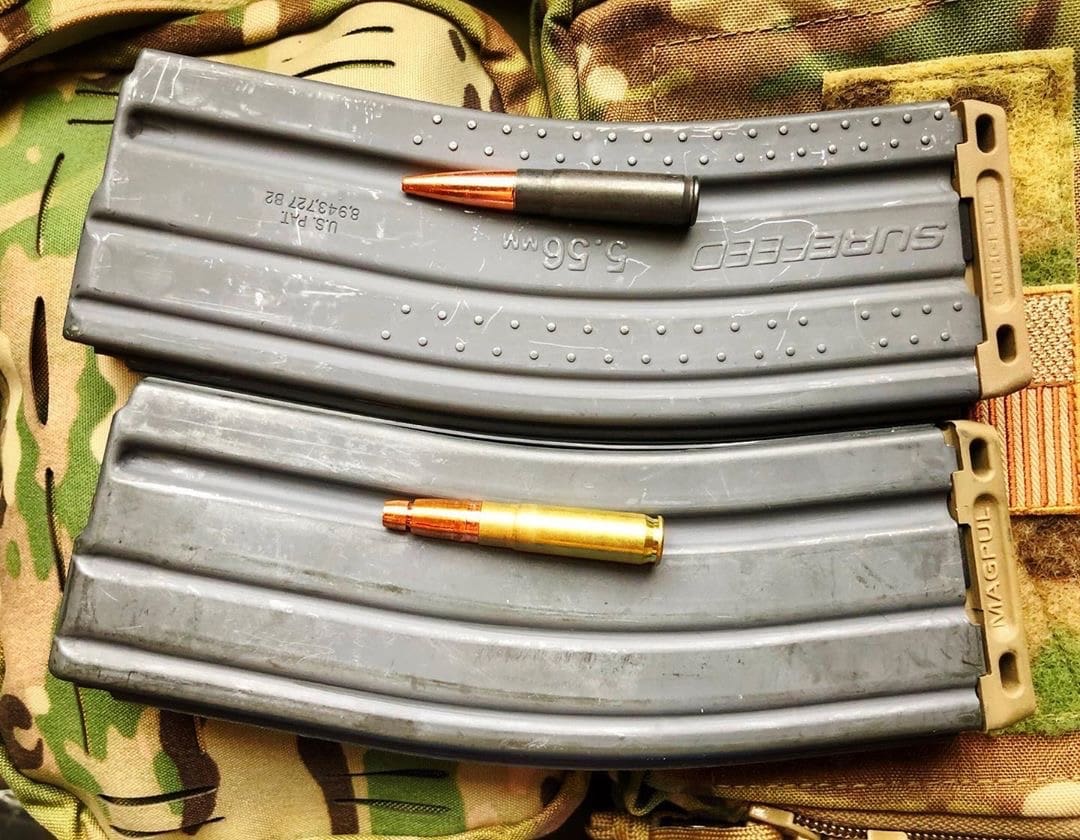



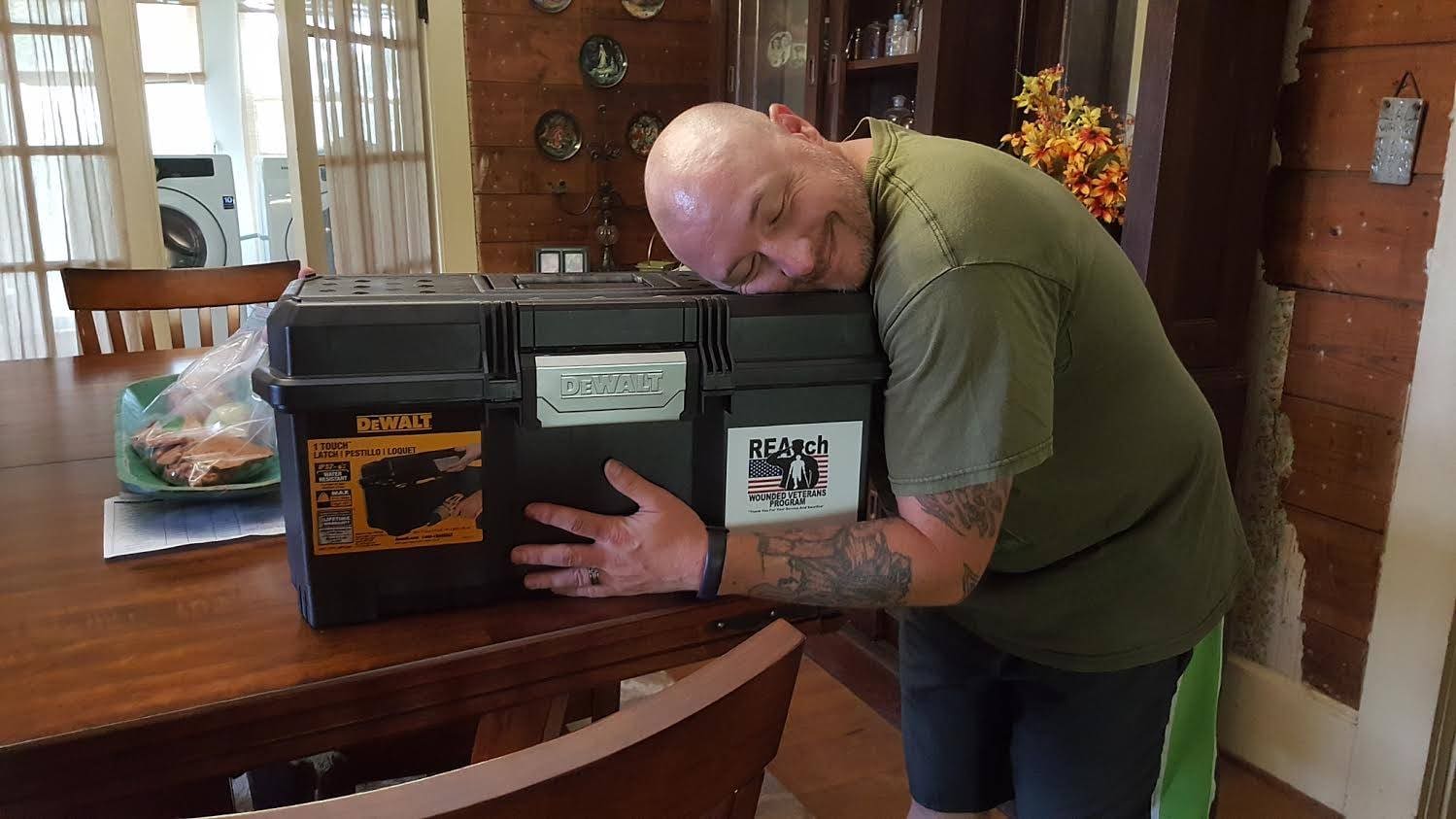
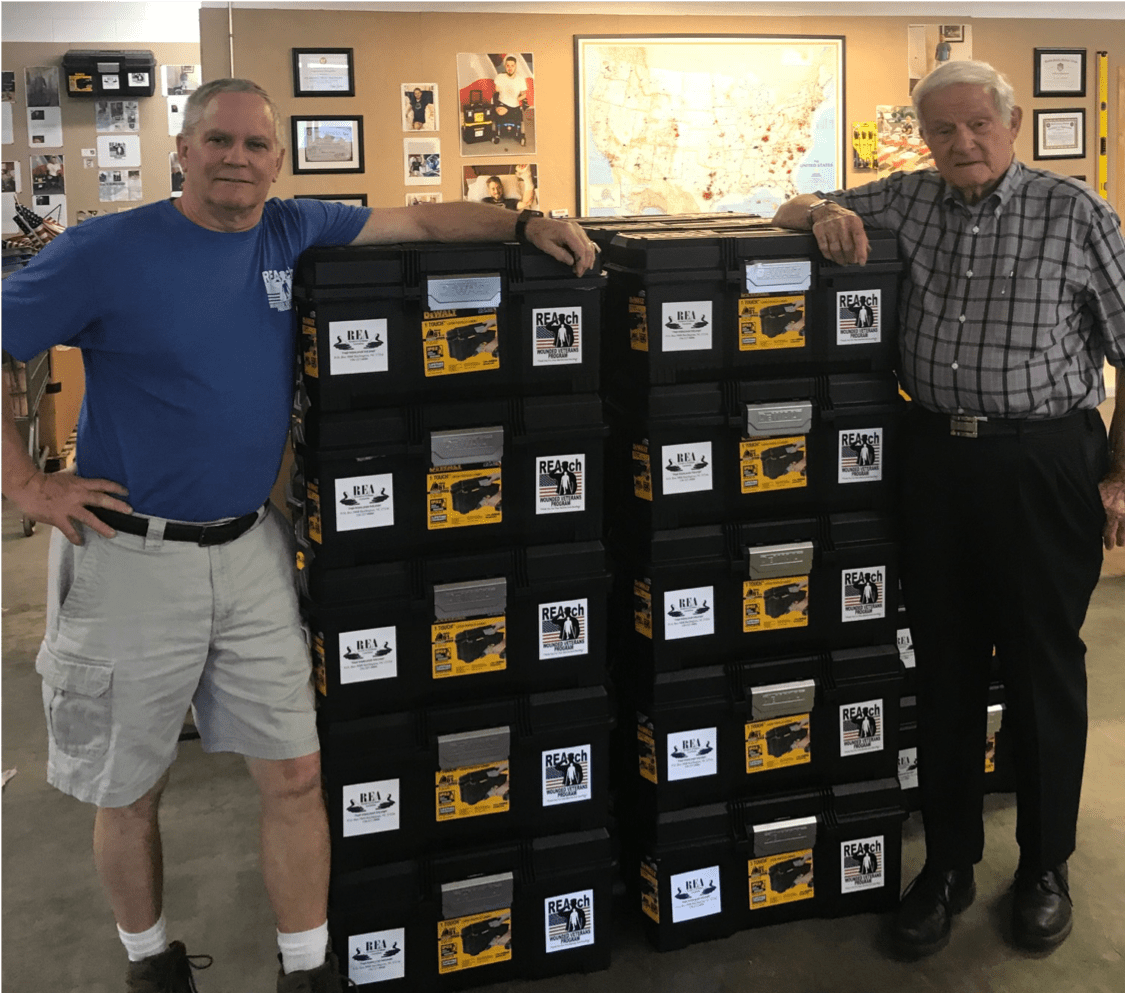
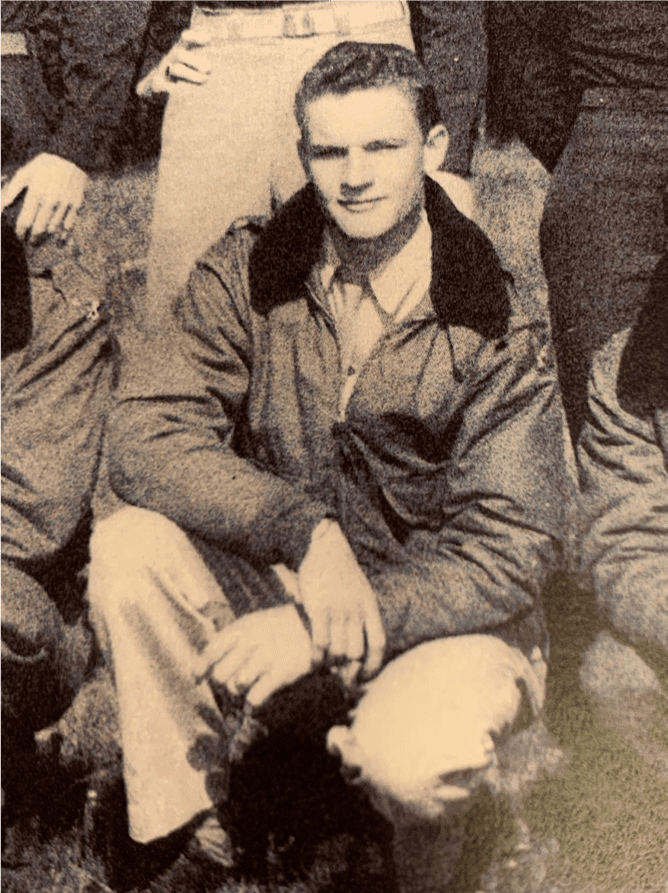
 Author Tim Hudak joined the VA in December 2013 and is on the Veterans Experience Office team. Tim, a Chicago-land native enlisted in the Marine Corps straight out of high school. As an intelligence analyst he deployed to Al Anbar province, Iraq with Marine Heavy Helicopter Squadron 363 in 2006 and 2008. After the Marine Corps, Tim used the GI Bill to earn a degree in Intelligence Studies from Mercyhurst University in Erie, Pa., and co-founded the university’s first student Veteran organization. Tim is active in many Veteran organizations.
Author Tim Hudak joined the VA in December 2013 and is on the Veterans Experience Office team. Tim, a Chicago-land native enlisted in the Marine Corps straight out of high school. As an intelligence analyst he deployed to Al Anbar province, Iraq with Marine Heavy Helicopter Squadron 363 in 2006 and 2008. After the Marine Corps, Tim used the GI Bill to earn a degree in Intelligence Studies from Mercyhurst University in Erie, Pa., and co-founded the university’s first student Veteran organization. Tim is active in many Veteran organizations.